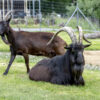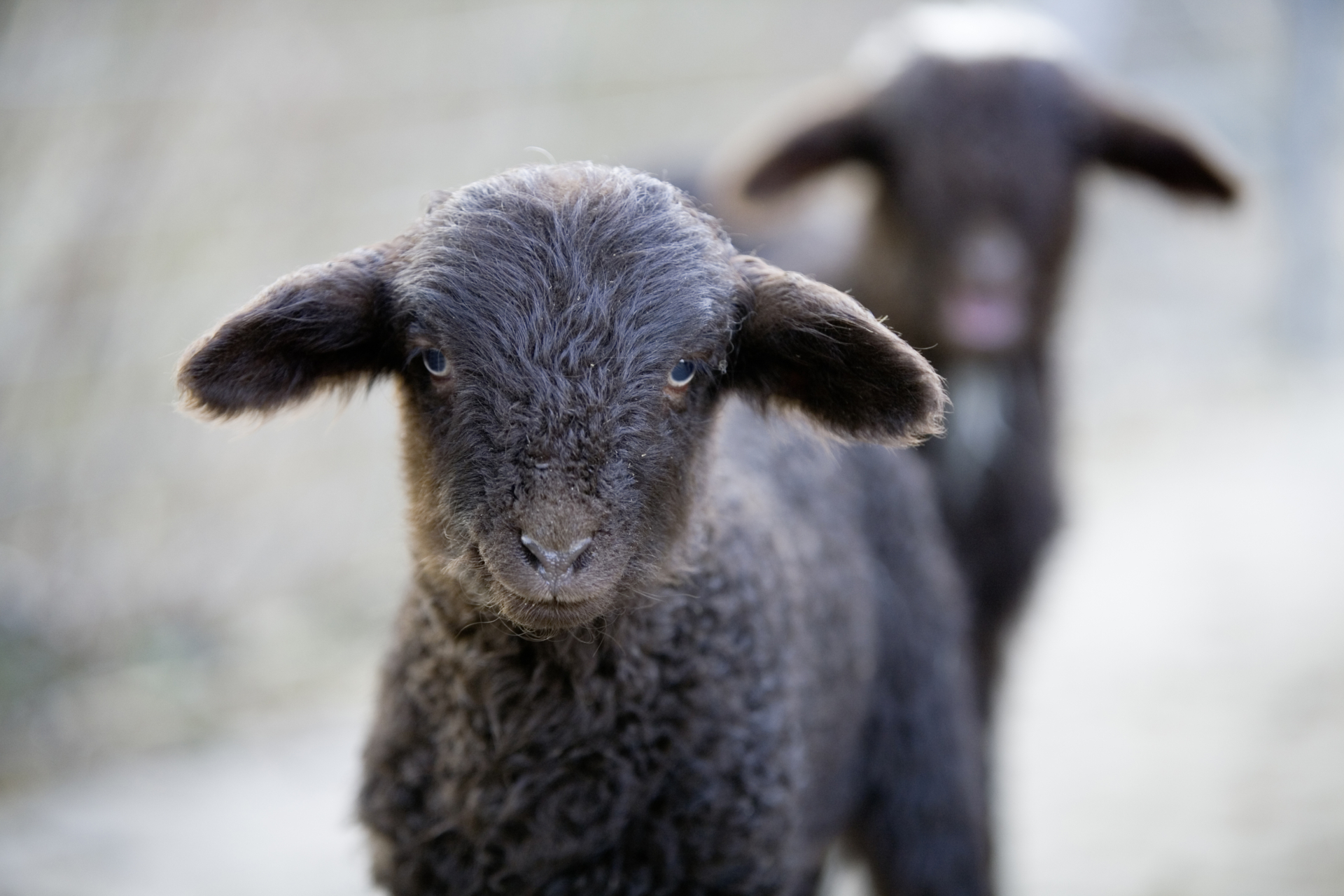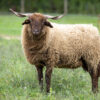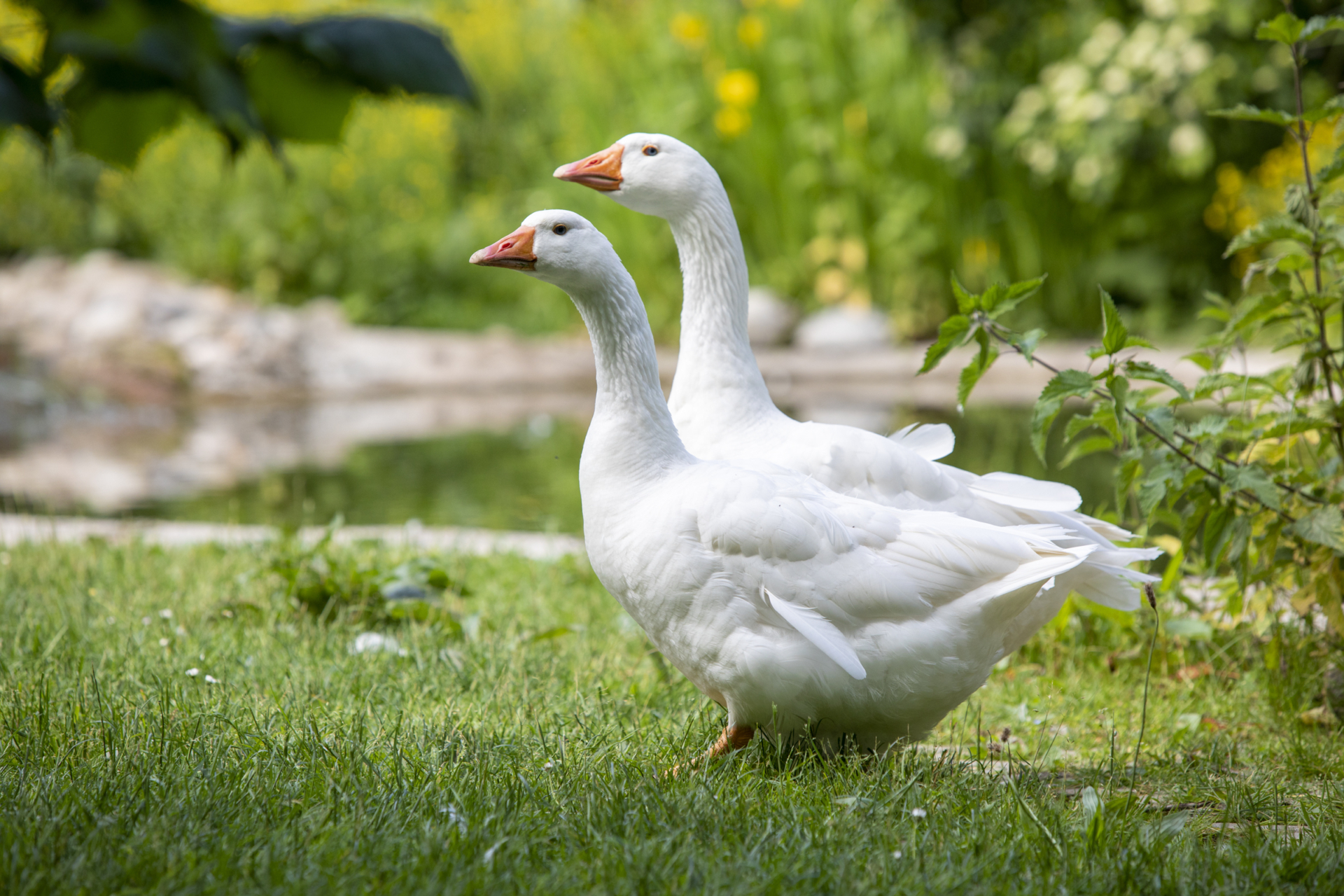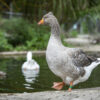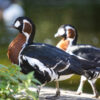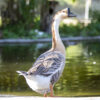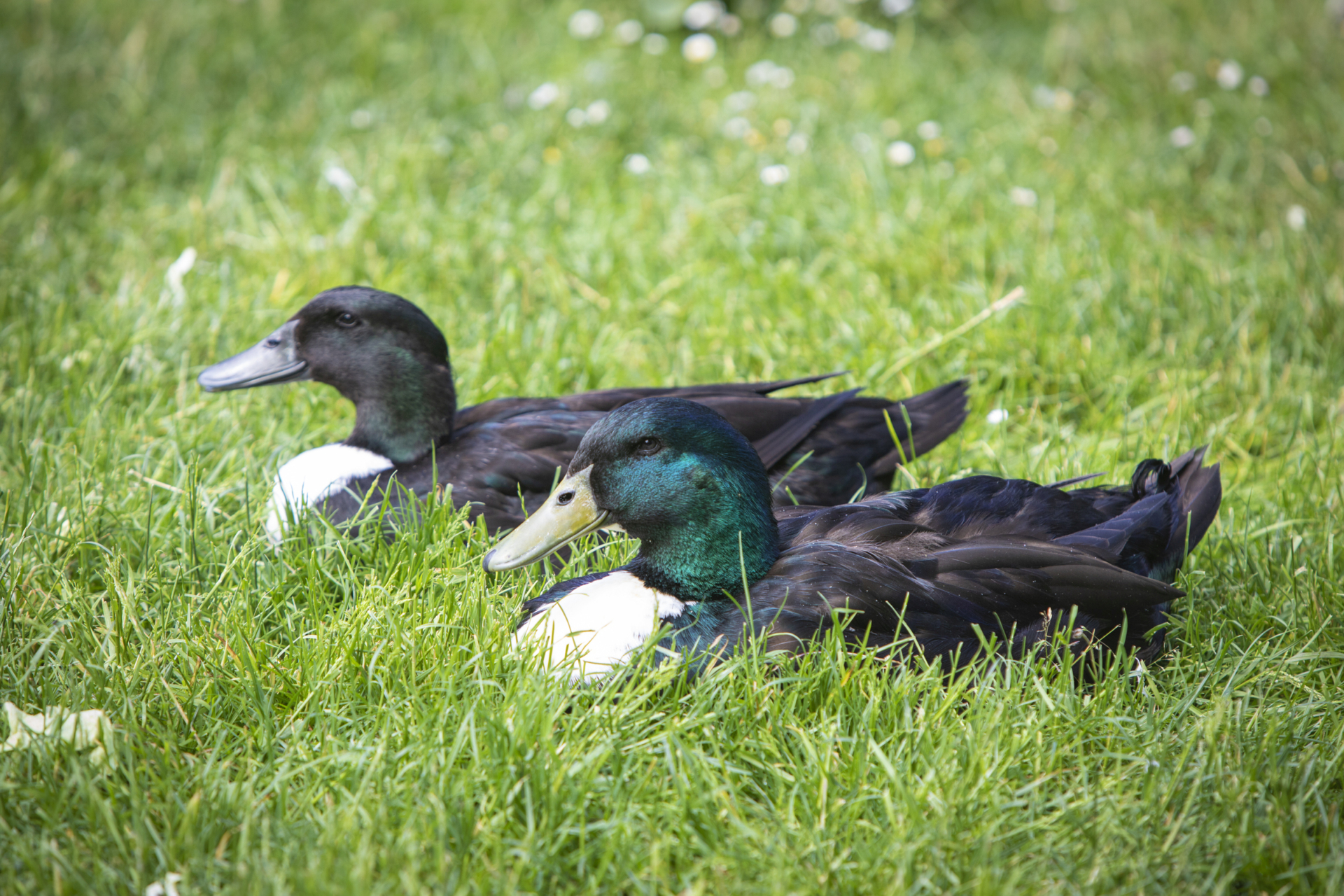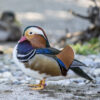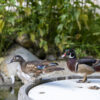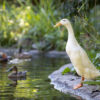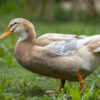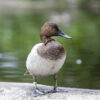Farm animals in the animal park Augusta Raurica
More than 30 years ago, the Pro Augusta Raurica Foundation (PAR) created the Roman Animal Park. The focus was on animal species as they were kept in Roman times. For example, we know from systematic measurements of excavated animal bones and pictorial representations that the Valais Country Sheep, Nera Verzasca Goats, woolly pigs and colourful poultry in the Animal Park are similar to the Roman farm animals that were kept in Augusta Raurica and on the surrounding farms. These "ancient" breeds were chosen in collaboration with the Basel University Integrative Prehistory and Archaeological Science (IPAS) department and the Swiss conservation foundation, ProSpecieRara.
Nera Verzasca Goats
These goats were first kept in the mountain valleys of Ticino. They are known for their hardiness and their ability to tolerate extreme temperatures. In the summer, they live like wild goats in herds on the Alps. The first domestic goats were bred from wild goats in the Middle East some 10,000 years ago.
Swallow-Bellied Mangalitsa Pigs

These pigs are inquisitive and hardy. Their young are striped and look like baby wild boars. They do not necessarily need a sty: Even in the cold, the piglets can stay warm in the nest built by their mother. The first domestic pigs were bred in the Middle East some 10,500 years ago.
Wallis Country Sheep
Wallis Country Sheep are friendly and hardy. They will even eat bark, leaves and older grass. Their long, coarse wool keeps them warm and dry. Their lambs can also be born in the winter. The first domestic sheep were bred from wild sheep some 10,000 or so years ago in the Fertile Crescent region (Mesopotamia).
Sardinian Dwarf Donkeys

Sardinian Dwarf Donkeys originate from the Mediterranean region. Donkeys are highly efficient at getting the most out of their feed. This is why they can get obese and ill when overfed. Their frugality and strength have made them popular working animals for around 6000 years. The dwarf donkey, like all domestic donkeys, is descended from the African wild ass. Donkeys are used as pack and draught animals and for riding.
Geese
Male and female geese appear identical, at least to us humans. Geese eat plants, and their young also feed on insects. They sometimes ingest small stones. This is because birds have no teeth, and the stones help crush the food in their stomachs.
Diepholz geese, Pomeranian geese, chinese geese and red-breasted geese are kept together in the animal park.
Ducks
Male ducks entice females with their attractive plumage. Their muted colouring makes them well-camouflaged when they are breeding. Domestic ducks are descended from the mallard. Wood ducks, mandarin ducks and canvasbacks are also wild birds but from different, more distant regions.
Pomeranian ducks, indian runner ducks, Saxony ducks, bride ducks, Mandarin ducks, wood ducks and canvasbacks are kept together in the animal park.
Appenzeller Barthuhn bearded chickens

The Appenzeller Barthuhn is a domestic chicken reared primarily in eastern Switzerland since the mid-19th century. The feathers around the hen's and cockerel's heads form a striking "beard". Bearded chickens are undemanding, low-maintenance and forage for much of their food themselves. They were part of Appenzell's traditional farming practices and are one of the region's living cultural assets. Bearded chickens can withstand all types of weather and be kept outside all year round. Each hen lays around 160 eggs per year.

